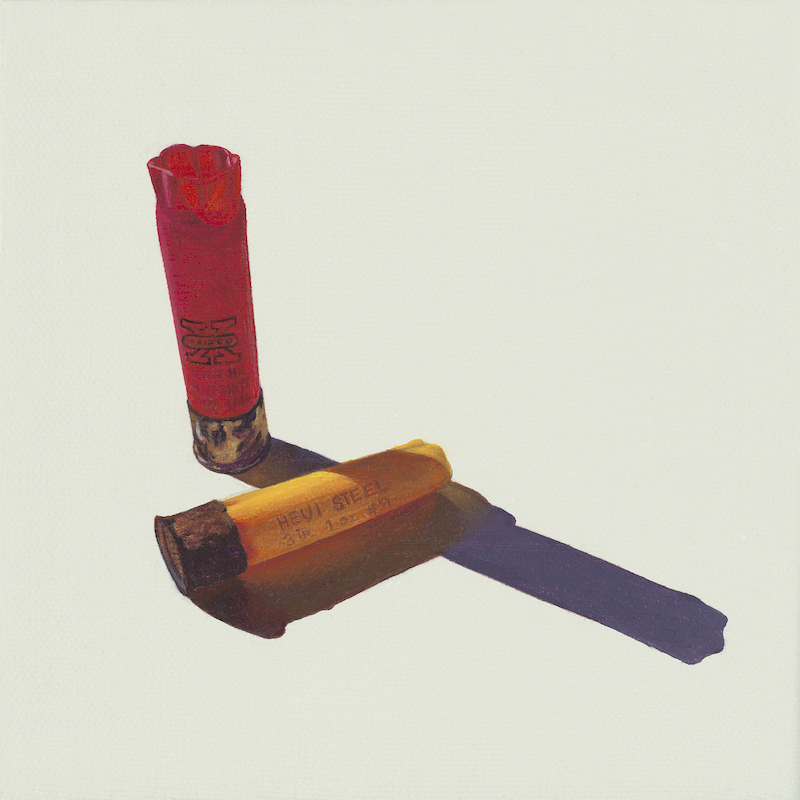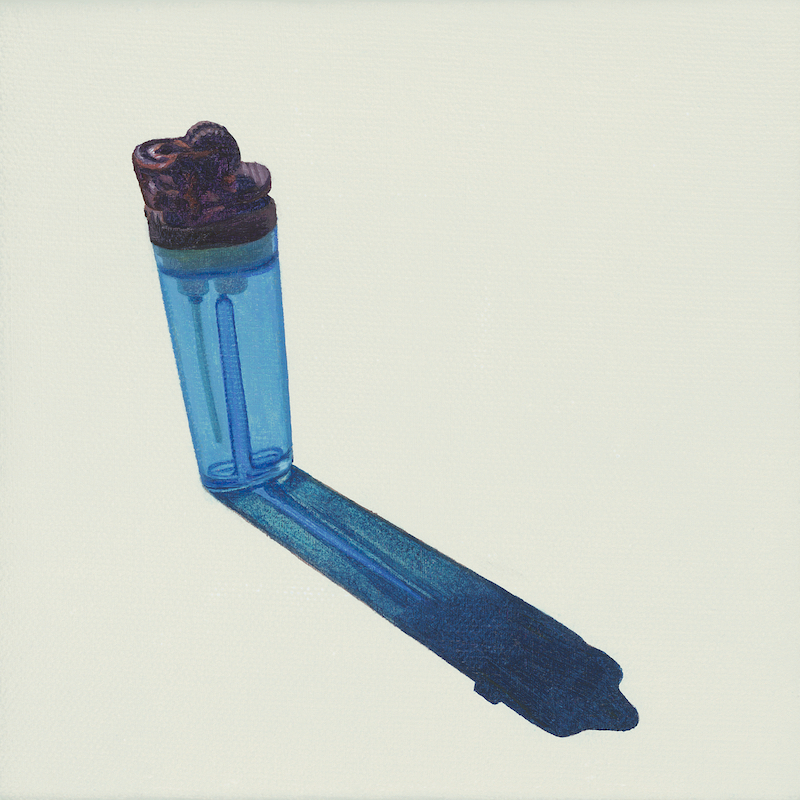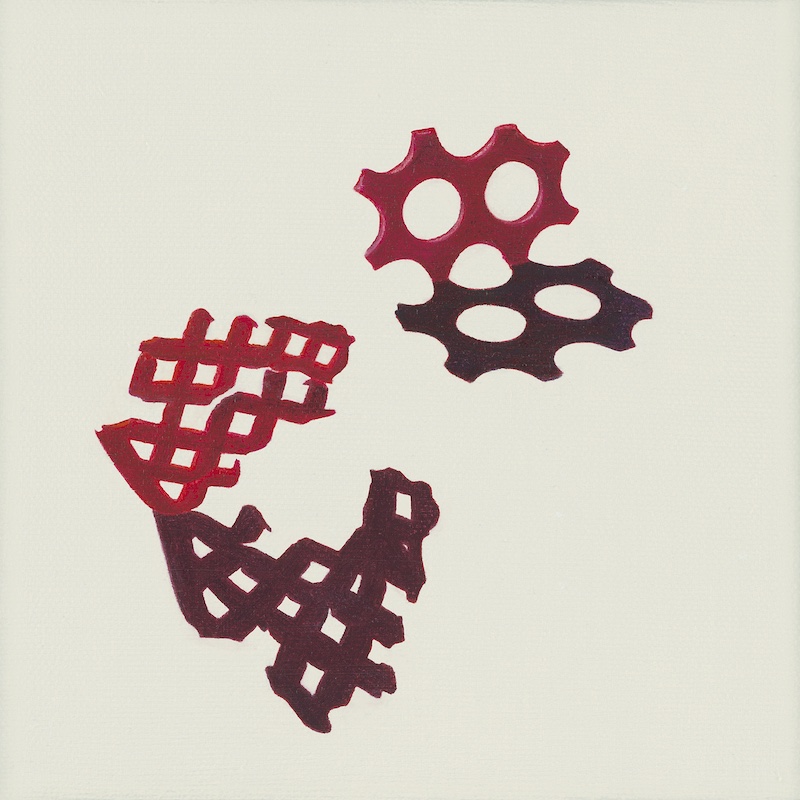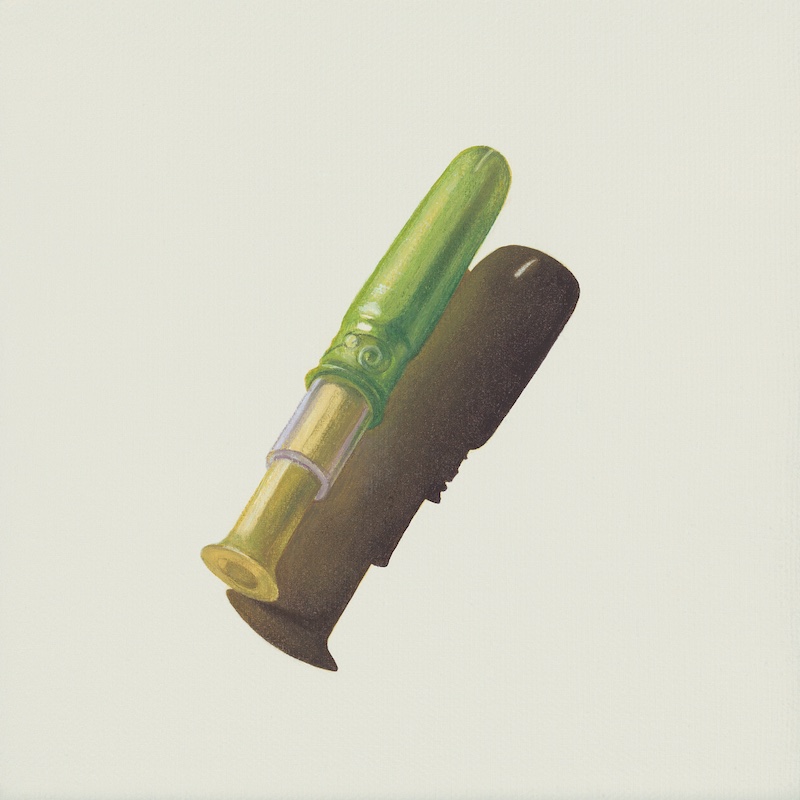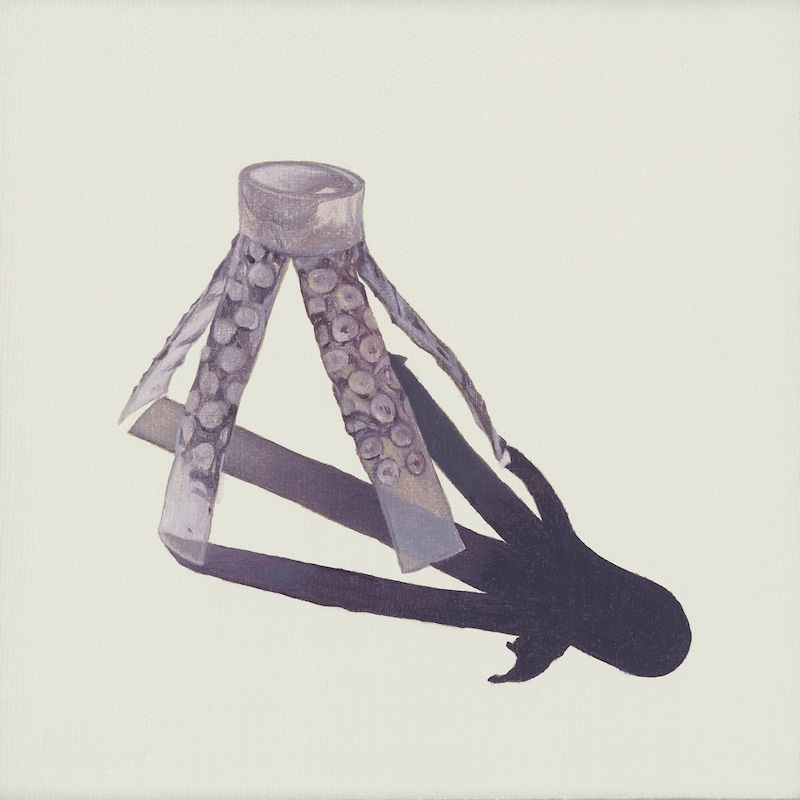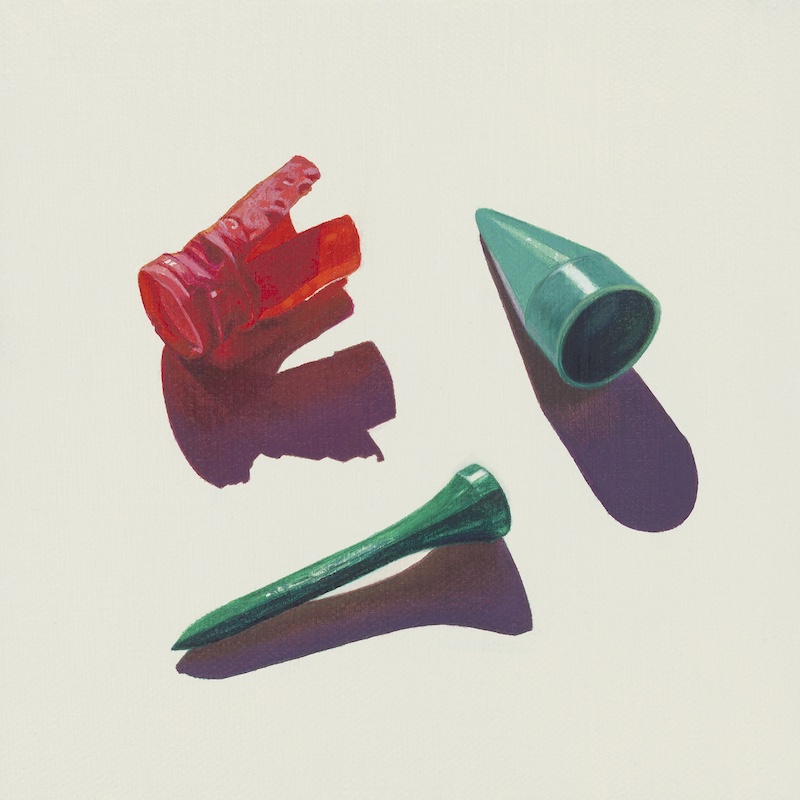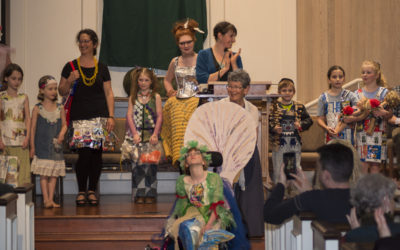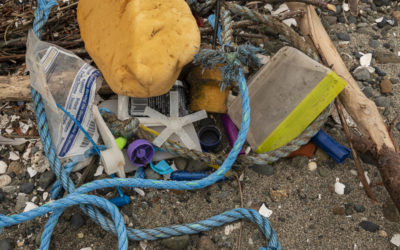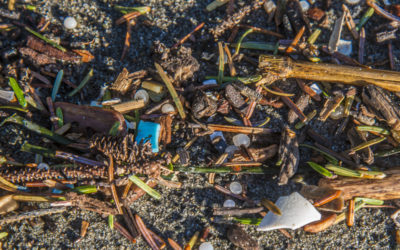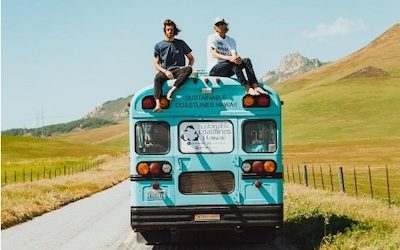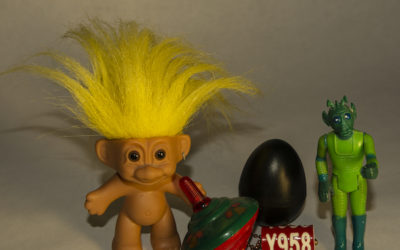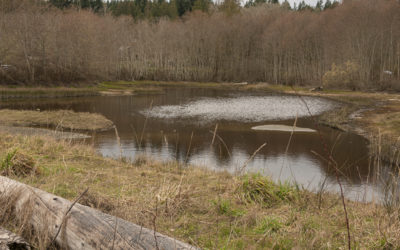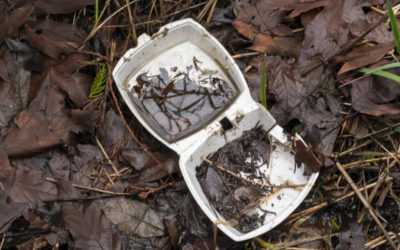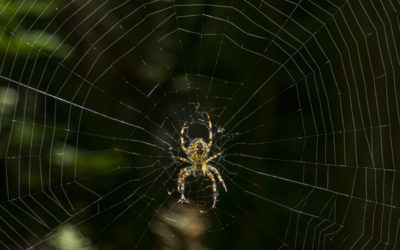ART AND PLASTICS
by Karen Hackenberg, Spring 2020
Painting by Karen Hackenberg
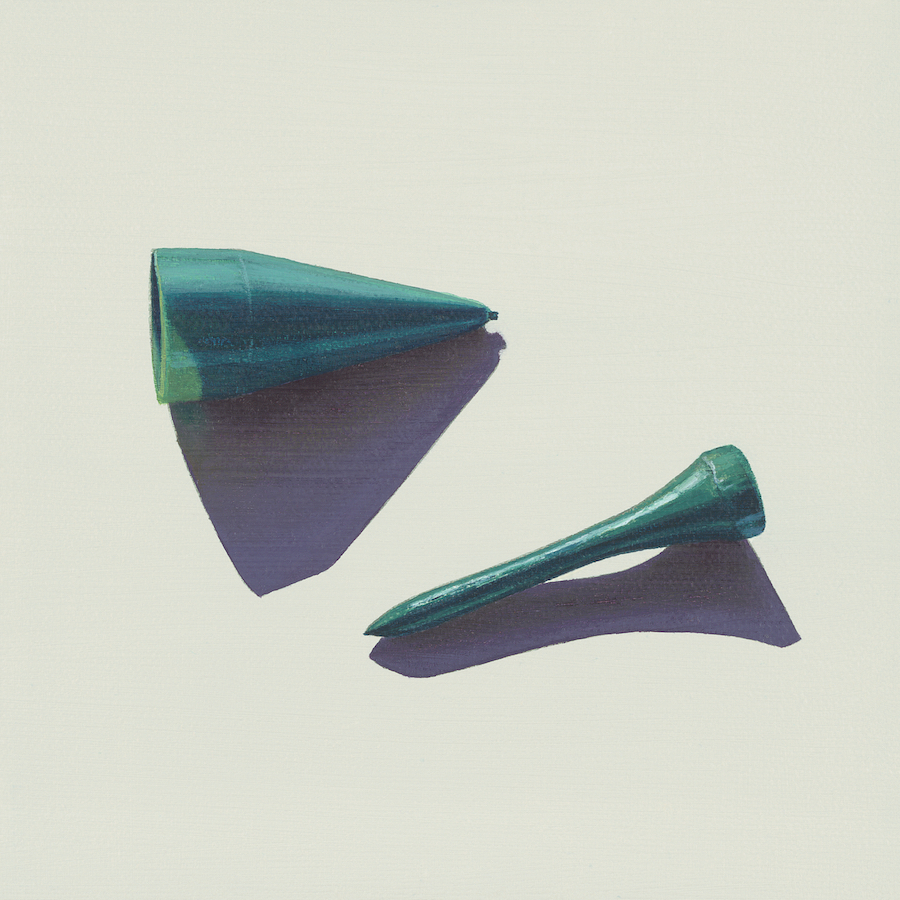
Painting by Karen Hackenberg
ART AND PLASTICS
by Karen Hackenberg, Spring 2020

Between Scylla and Charybdis, oil on linen, 28″x35″, 2019, by Karen Hackenberg.
My painting Between Scylla and Charybdis, can be seen as a metaphor for our current state of affairs — socially, politically, and environmentally.
According to Homer, Odysseus was forced to choose which monster to confront while passing through the strait; he opted to pass by Scylla and lose only a few sailors, rather than risk the loss of his entire ship in the whirlpool. Because of such stories, having to navigate between the two hazards eventually entered idiomatic use. Another equivalent English seafaring phrase is, “Between a rock and a hard place”.
Marine Artifacts of the Salish Sea Series, oil on canvas, each 6 x 6 inches, 2016, by Karen Hackenberg
The Marine Artifacts of the Salish Sea painting series catalog the marine debris found in the intertidal zones of the Pacific Northwest. Spare, graphic, and intimate in scale, these paintings wryly mimic traditional archeological illustrations that record valuable found artifacts from ancient civilizations. Shown as a group, they subversively magnify the increasing magnitude of life killing plastics in the earth’s oceans.
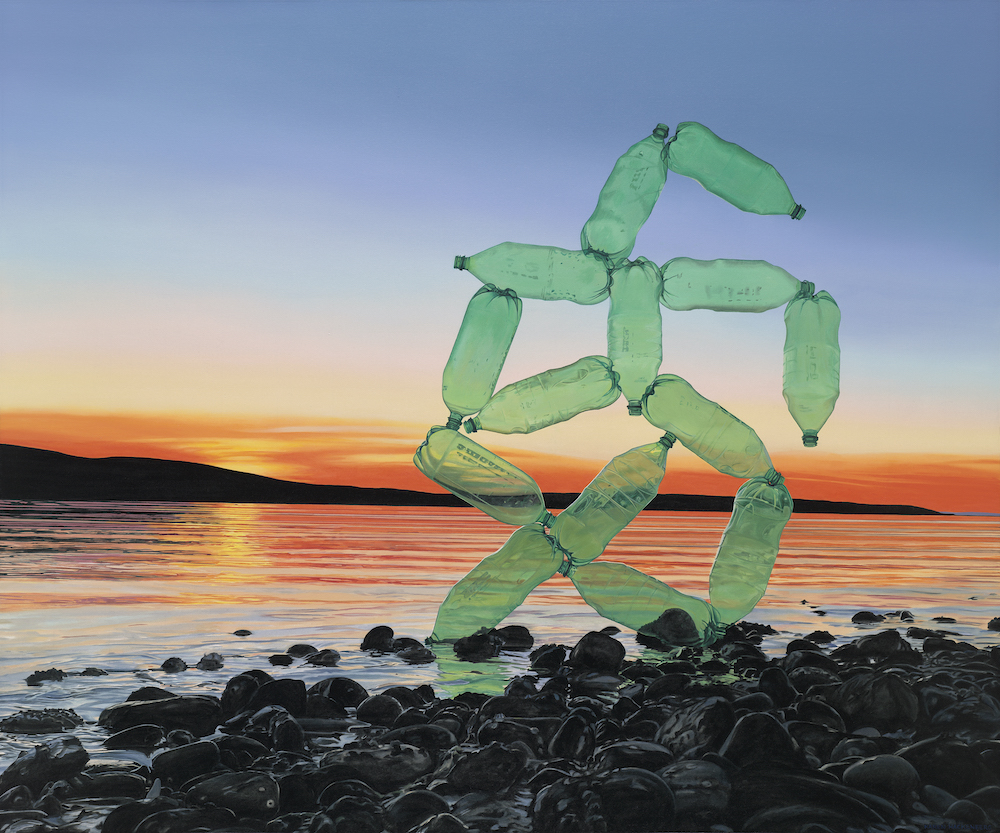
Theory of Evolution, oil on canvas, 60 x 72 inches, 2019, by Karen Hackenberg.
Theory of Evolution came about from an intuitive leap of imagination, in the progression of my ongoing paintings about plastic pollution as social commentary.
The title of the painting references the writings and ideas of Charles Darwin in his The Theory of Evolution, as well as the observations of his predecessor, Alexander von Humboldt as presented in his biography, The Invention of Nature, by Andrea Wulf.
Some years ago, I had the idea to make an abstract construction of discarded plastic green bottles, to place against the radiant sunset light on the beach where I live, and to show how plastic trash is overtaking nostalgic views of nature. However, when I recently made the abstract bottle construction for the painting, I noticed it resembled a creature that looked somewhat humanoid and somewhat reptilian while being neither, and that recognition intrigued me. I followed my intuition, and decided to pose this creature on the beach as if crawling proudly out from the seas of the future, a darkly humorous and ironic mutant creature deformed by manmade plastics and likely to replace all life on earth.
Though this painting’s message is dire, I paint the things that we humans make with beauty and attention to detail, as I respect and enjoy what we humans are capable of designing and creating, while at the same time are oblivious to our excesses and destructive affects on our own beautiful, nourishing, natural habitat, as well as the habitat of our fellow animals that share our miraculous planet with us. I love the way the northwest light glows through plastic or glass late in the day on the beach where I live, and I love the natural setting that I have been graced to live in, and strive to combine these loves in my paintings, as in Theory of Evolution.
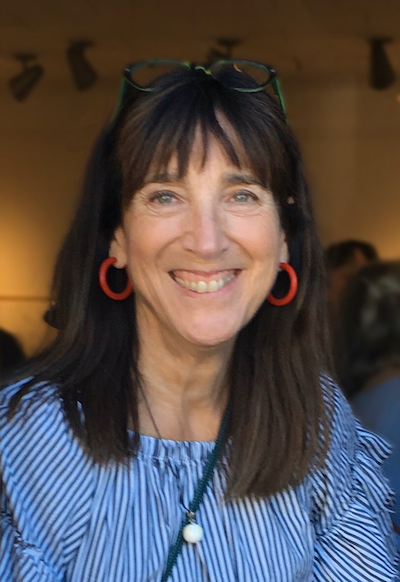
Influenced by Pop Art of the 1960s, Karen Hackenberg (RISD, BFA) takes a humorous subversive approach to the serious subject of ocean degradation in her work. She meticulously paints in oil and gouache, crafting images of beach trash in beautiful seascapes, aiming to create a provocative collision of form and idea.
Her paintings were chosen for the Northwest Art Now biennial exhibition, Tacoma Art Museum, highlighting identity, social justice, and environment. Bainbridge Island Museum of Art hosted a solo show of her work, and her paintings are currently traveling in the international museum show, Environmental Impact II.
Her green sensibility has earned a place in the collections of NY State Museum, Portland Art Museum, Tacoma Art Museum, Washington State Art Collection, Bainbridge Island Museum of Art, and Hallie Ford Museum of Art. She is currently featured in notable art magazines, LoDown, Berlin, Germany, and BlackBook, Brooklyn, New York.
Table of Contents, Issue #7, Spring 2020
Prêt-à-Porter Plastics
by Deb Rudnick, Spring 2020 Photos by John F. Williams except as notedby Deb Rudnick, Spring 2020 Photos by John F. Williams except as noted A bubble wrap bridal gown. Patio umbrella fabric cargo pants. A dress of VHS tape and electric cords. A grocery bag tutu....
Plastics & Our Salish Sea
by Alison Ahlgrim, Spring 2020Photo by John F. WilliamsPhoto by John F. Williamsby Alison Ahlgrim, Spring 2020 Take a walk along a beach anywhere along the Salish Sea, and you are likely to see all kinds of plastic waste – bottle caps, bags, toys, Styrofoam, bottles,...
Microplastics
by Julie Masura, Spring 2020Photo by Julie MasuraPhoto by Julie Masuraby Julie Masura, Spring 2020 “What do you know about plastics?" "Absolutely nothing.” This was the beginning of microplastics research at the University of Washington Tacoma’s Center for Urban...
Schroadtrip
"SCHROADTRIP": A PARLEY FOR THE OCEANS INITIATIVEby Nick Schippers (with Hans Schippers), Spring 2020 Growing up surfing on Washington’s remote and rugged coastlines, my brothers and I learned early on just how important our waters are. As avid surfers and watermen,...
Poetry-7
Poetry Spring 2020A Plastic Future Is Not Fantastic by Mahathi Mangipudi Photo by John F. WilliamsSmall Things by Janet Knox We gift them tiny plastic things to sit on a shelf or play and break to signify like or caring or thinking of you then toss in landfills...
Kingdom of Plastics
by Julie Jeanell Leung, Spring 2020Photo of Schel Chelb estuary by John F. WilliamsPhoto of Schel Chelb estuary by John F. Williamsby Julie Jeanell Leung, Spring 2020 Standing on the beach at the Schel Chelb Estuary, three days after the winter solstice in 2012, I...
Addressing the Plastic Problem
by Heather Trim, Spring 2020Photo by John F. WilliamsPhoto by John F. Williamsby Heather Trim, Spring 2020 Plastic waste is an issue for Washingtonians because we are a coastal state, and we have remaining endangered species who are potentially being impacted by...
A New Hope for Plastics
by Adelia Ritchie, Spring 2020Photo by John F. WilliamsPhoto by John F, Williamsby Adelia Ritchie, Spring 2020 If you’ve ever had to clear out those pesky cobwebs from every corner of your house, you know how ubiquitous and stubbornly persistent our house spiders can...
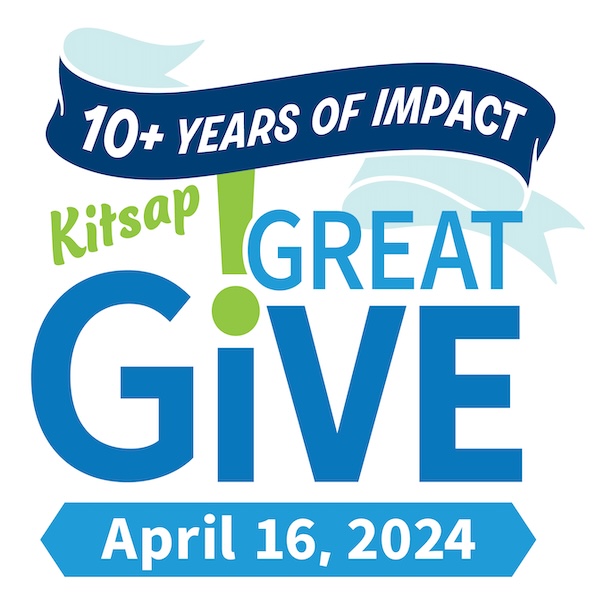
PLEASE HELP SUPPORT
SALISH MAGAZINE
Salish Magazine contains no advertising and is free. Your donations is one big way you can help us inspire people with stories about things that they can see outdoors in our Salish Sea region.
DONATE via the Kitsap Great Give!
The Kitsap Great Give main 24-hour online giving event is April 16th, but you can donate today!
We also don't advertise Salish Magazine, so please spread the word of this online resource to your friends and colleagues.
Thanks so much for your interest and your support.



